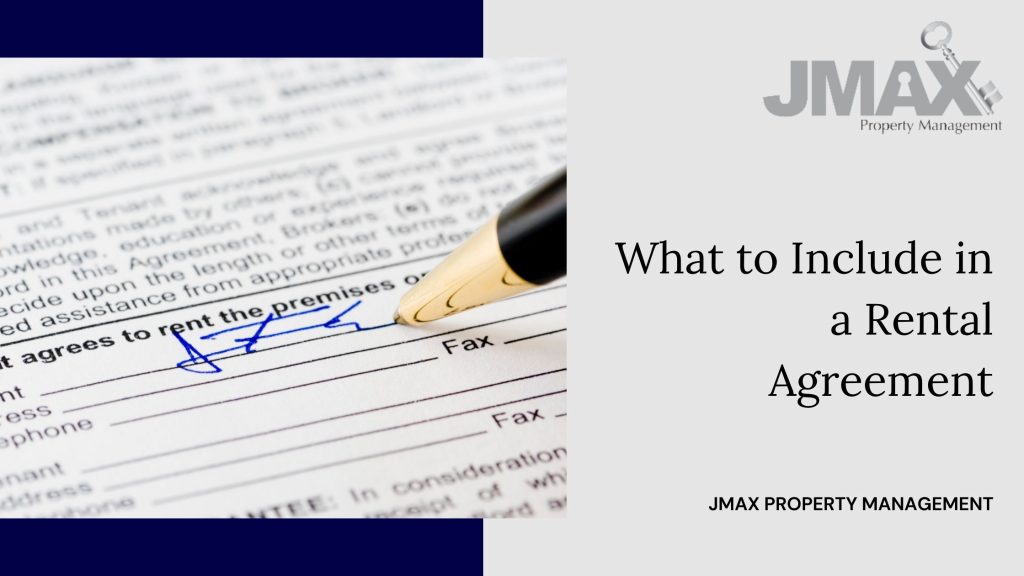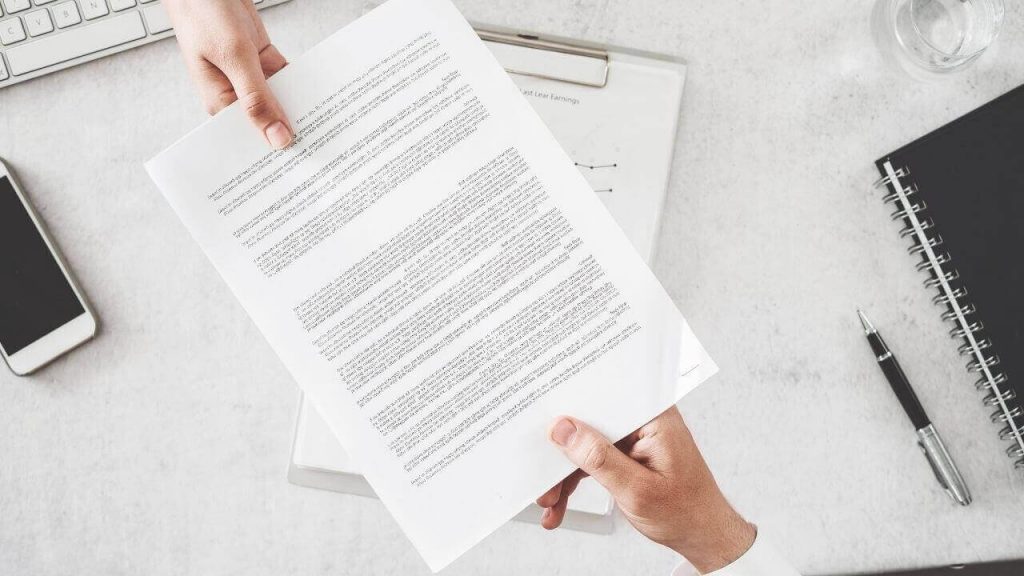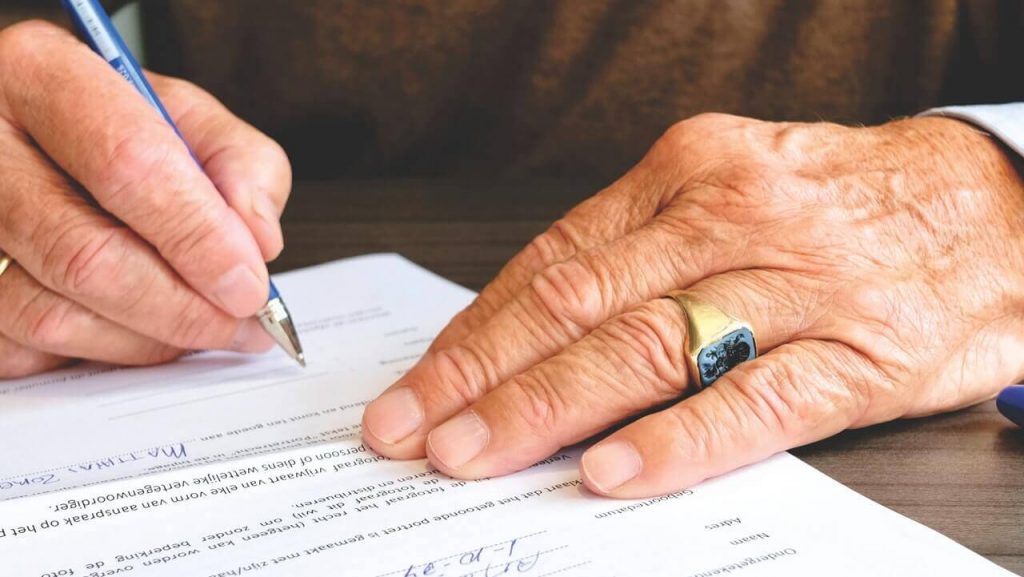
As a property owner, you must always require your tenants to sign a lease or a rental agreement before moving into your rental property. This will legally bind them to adhere to all terms listed in the agreement.
When creating a lease or a rental agreement, there are certain things you must include to make it as solid as possible.
In this post, we are outlining the elements you should include to create a foolproof lease agreement.
#1: Names of all Adult Tenants
Make sure your lease includes the names of all adult tenants who will be living there. This will ensure each tenant is contractually bound to the terms of the agreement, such as paying rent on time.
So, if, for instance, rent goes unpaid, you may be able to demand it from any of the tenants listed in your lease.
What’s more, you may be able to terminate the lease in the event that one of the tenant grossly violates the terms of the agreement.
#2: The Occupancy Limit
Don’t forget to put a limit on the occupancy. Clearly state that only those who have signed your lease can occupy the unit.
This ensures that the unit is only occupied by people who you’ve screened and approved of. So, this means that you may be able to evict a tenant who sublets the unit without your approval.

#3: The Duration of the Tenancy
Landlords have two options when it comes to the term of a tenancy. You can choose to operate a rental agreement (short-term) or a fixed-term lease (long-term).
A rental agreement usually runs month to month. It renews automatically unless either party terminates it. On the other hand, leases are long-term and usually run for a whole year. The agreement can only terminate if the term expires or if the tenant has a legally justified reason to move out.
To make your decision between short-term or long-term agreements, you should consider your goals as a landlord. If you’re looking for security of income, then a long-term lease is best!
#4: Details about Rent
Go beyond just stating the rent amount. Going into detail about rent-related matters will help avoid confusion and disputes that may arise in the future.
The following are other rent-related details your agreement should mention:
- When rent is due: This is usually the first day of the month.
- The amount of grace period: You can choose to provide your tenants some grace period before charging any fees.
- The amount of late fees (if any): In Virginia, late fees are limited to 10% of the monthly rent amount or past due rent amount.
- Acceptable payment methods: You can require your tenants to pay you in various ways, such as by check, bank deposit, online or cash.
- Amount of charges for bounced checks.
#5: The Security Deposit Amount
Security deposits aren’t required by law, but most landlords still require them prior to the tenant moving in.
A security deposit provides a certain amount of cushion against tenant negligence.
Include the following to avoid confusion and possible legal issues:
- The security deposit amount: Virginia landlords must charge a maximum of 2 months’ rent as security deposit.
- How you may use it: Landlords can only use a tenant’s deposit for legitimate reasons, such as to cover the costs of tenant caused damage exceeding normal wear and tear.
- When you may return it: In Virginia, the statewide landlord-tenant law requires that you return the security deposit within 45 days after a tenant vacates the unit.
- Any nonrefundable fees: An example of a legal nonrefundable fee you can charge your Virginia tenant is an application fee. It should, however, not exceed $50. This is according to § 55-248.4 of the Virginia Residential Landlord and Tenant Act.

#6: Responsibility on Repairs and Maintenance
Clearly stating who is responsible for repairs and maintenance will protect you from many issues.
So, make sure your lease or rental agreement states the tenant’s responsibilities. Some of their responsibilities can include:
- Keeping the rental premises clean and sanitary.
- Repairing any damages caused by their negligence or carelessness.
- Alerting you of dangerous or defective conditions.
#7: Landlord Entry Rules
As much as your tenant has a right to privacy, you also have a right to enter their premises under certain circumstances.
You can enter a unit:
- To make scheduled or requested repairs.
- To show the unit to prospective tenants, buyers or lenders.
- In emergencies.
- When you have reasons to believe a tenant has abandoned the unit.
Clarifying your legal right to enter their rented premises can help avoid potential claims of illegal entry or privacy violations.
Please note that you must provide your tenant with a notice of at least 72 hours prior to entry.
#8: Rules on Pets
Landlords can decide whether or not they allow pets into their rental property. If you do allow pets, then make sure to state any restrictions clearly, such as the pet size, breed and number of pets allowed.
Similarly, if you don’t allow pets in your unit, be clear in the agreement. Outline any consequences they may face for breaking this rule.

Bottom Line
Having a solid lease agreement is critical to avoid legal issues down the line.
We hope this article about some of the items to include in a rental agreement was helpful.
Once you create the lease or rental agreement, have a professional look at it to ensure it’s legal.
Alternatively, you can hire a qualified property manager to take this responsibility off your hands.
For more information, contact JMAX Property Management today.


